A new sustainably sourced adhesive produced using soy oil and other plant-derived ingredients performed as well or better than the best commercially available petroleum-based options like epoxy resins.
Most adhesives are made from petroleum products and are difficult to recycle. They don’t break down in landfills and cannot be separated from the material sent for recycling. According to Jonathan Wilker, a chemist at Purdue University, a sustainable replacement needs to be cheap, suitable for mass production and made from plant products.
Wilker’s lab took up this challenge and chose epoxied soy oil as the first ingredient because it is already available in industrial quantities as it’s used to make polyvinyl chloride (PVC) for pipes and cables. Plus, epoxies are currently the best type of adhesive available. Epoxies work by combining epoxy containing compounds with a nucleophilic amine. This opens the epoxy rings, forms strong carbon–nitrogen bonds and creates a crosslinking matrix that binds materials. However, polyamines don’t work with epoxied soy oil. Substitutes like carboxylic acids or alcohols also produced a viscous oil and not the strong crosslinked matrix needed for adhesion. A third ingredient was required. ‘The answer to all questions of chemistry in our lab is add some catechol chemistry and it actually worked,’ says Wilker.

Catechol is an organic compound that forms part of a protein mussels use to adhere to surfaces. As Hongbo Zeng, a chemist at the University of Alberta explains, catechols are excellent for adhesives because they form multiple types of bonds. ‘They can form both physical bonds such as hydrogen bonding and chemical crosslinking’ he says.
To produce a sustainable adhesive Wilker’s group turned to catechol-like phenolic compounds derived from plants. ‘The epoxied soy oils are locked in and then we’ll pick one compound from a group that’s acids or alcohols, something that reacts with the epoxy groups,’ he explains, ‘and then another group is some phenolic.’
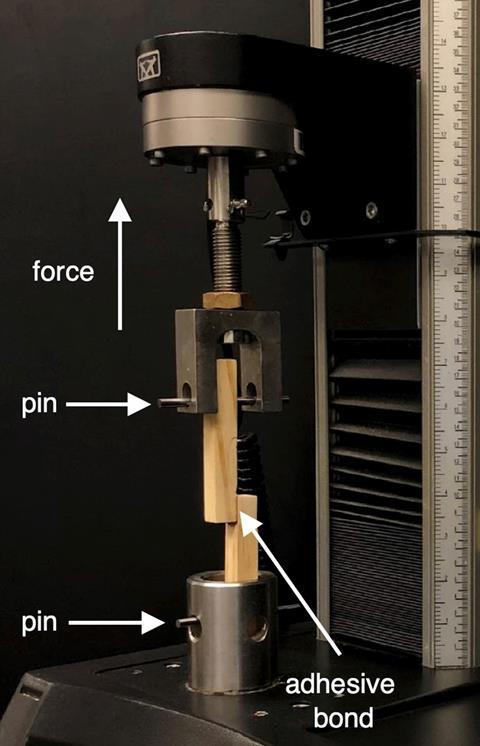
Experiments found that combining malic acid and tannin, a polyphenol from woody plants, with the epoxied soy oil performed best. Testing against commercially available adhesives found the ‘soy–mal–tan’ adhesive was just as strong or stronger on a variety of surfaces including polished aluminium and steel, Teflon, wood and PVC.
Herbert Waite, a chemist at the University of California, Santa Barbra, says the study is ‘a good example of how to think about the logistics of replacing a consumer product with a green alternative’. But cautioned further testing is needed for specific use cases. ‘Anything to do with catechols or pyrogallols is highly prone to oxidation, and oxidation leads to brittleness and delamination – not acceptable outcomes for many applications,’ he adds. Zeng agreed that optimisation is needed, noting the adhesive worked best when cured for 24 hours at 180°C, not ideal conditions for many applications.
The group did test practical applications like water resistance finding the adhesive was water resistant but could be loosened over time when submerged at higher (70°C or 180°C) temperatures. Again, further optimisation could produce adhesives that are degradable for recycling.
Wilker is confident the adhesive is optimisable and scalable due to the many combinations of oil, acid and polyphenols available. He adds that his group’s work shows that sustainable adhesives are possible and that others can now build on this work.
A quote from Hongbao Zeng was corrected on 21 September 2023
References
CR Westerman, BC McGill, and JJ Wilker, Nature, 2023, 621, 306 (DOI: 10.1038/s41586-023-06335-7)
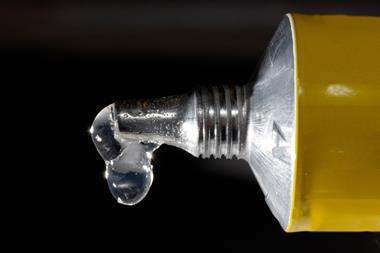
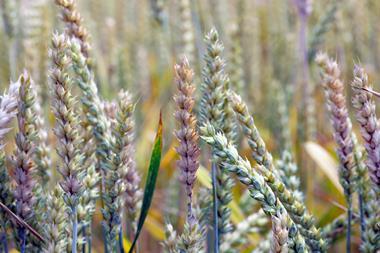
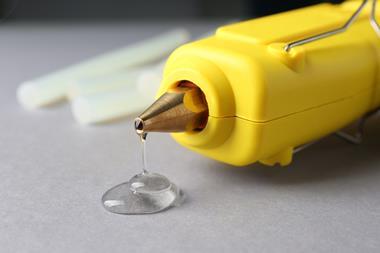
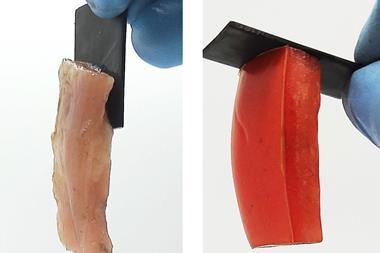

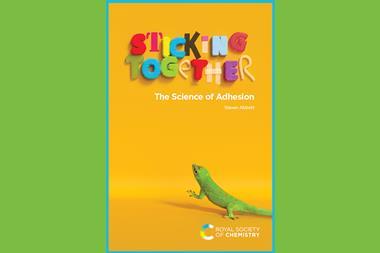






No comments yet